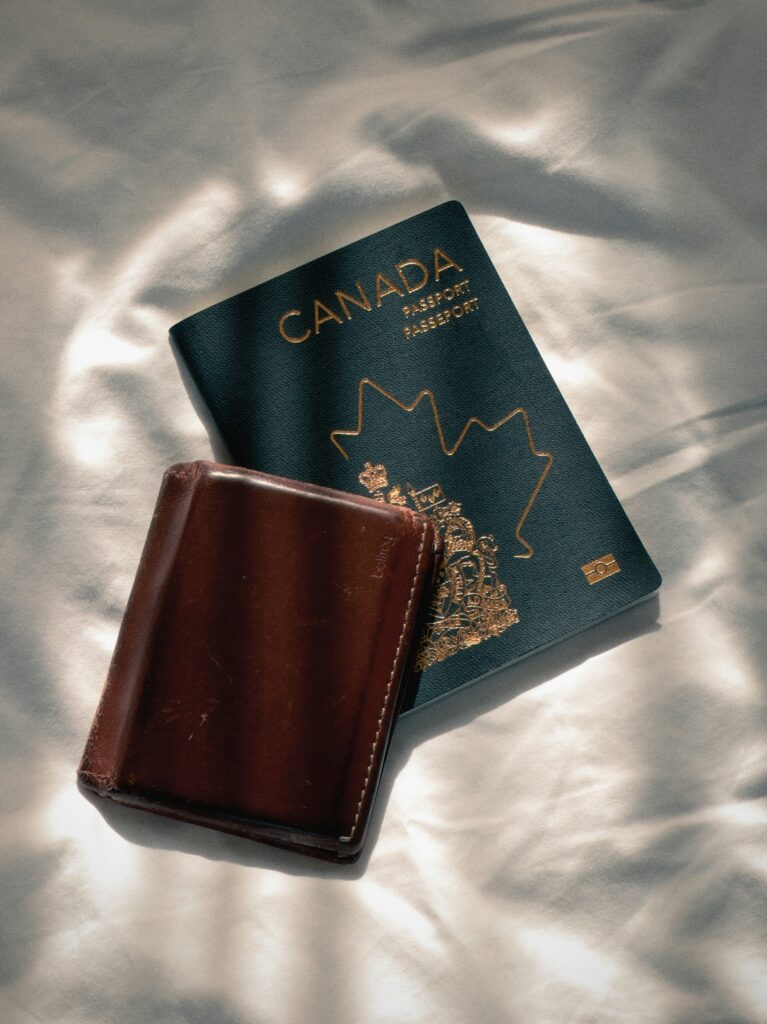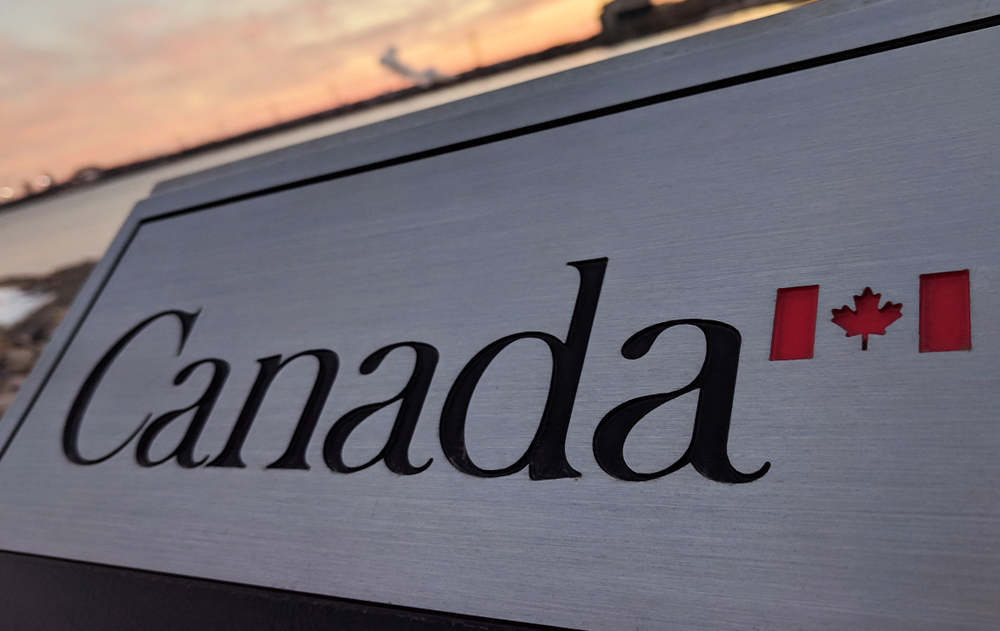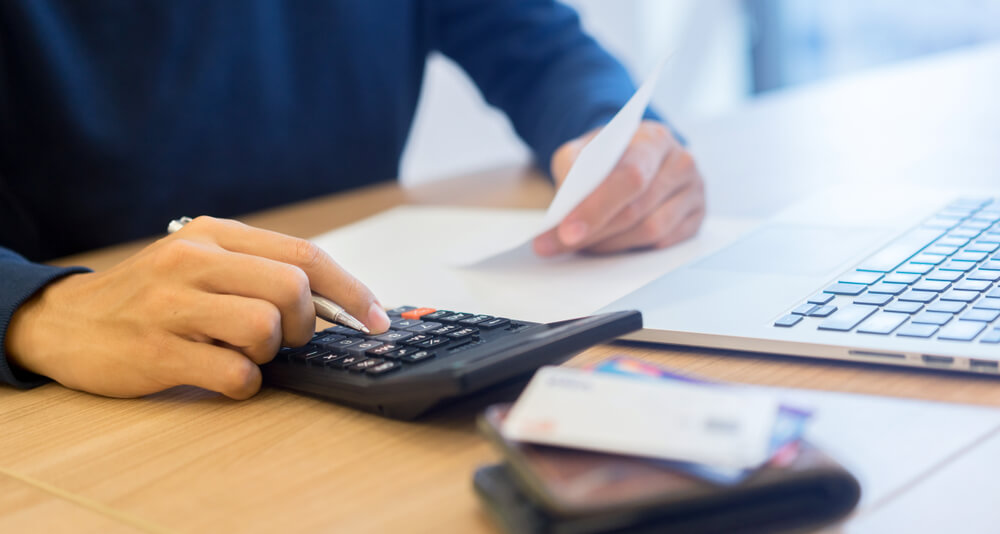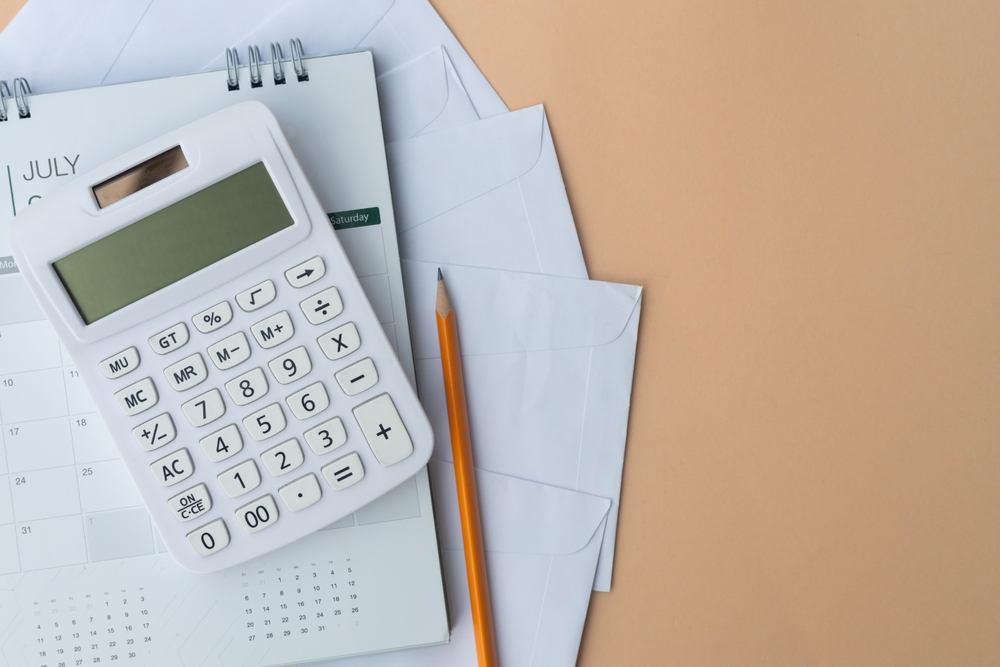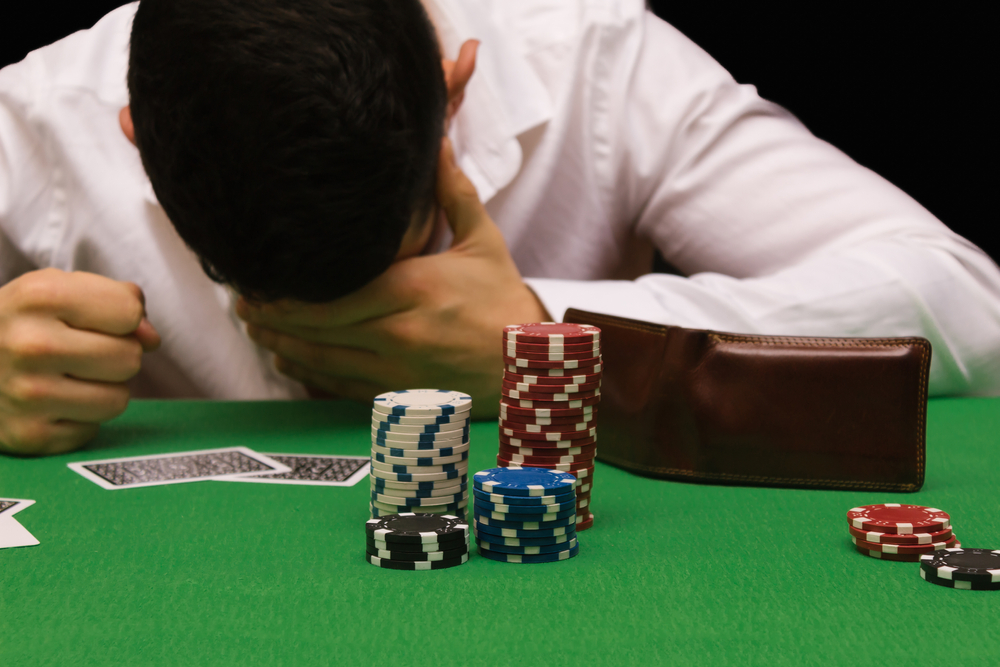Today’s credit-focused culture has made it almost the norm to owe money on a regular basis. Common thinking is that there is not much cause for concern if you are making your payments each month. The trouble lies in falling behind on the money you owe to the point that it accumulates beyond being affordable and you become trampled by your debt.
If you find yourself missing several payments in a row—whether on your mortgage, car loan, personal loan, or credit card—it is important to speak with a Licensed Insolvency Trustee (a “LIT”). Doing so will help you to choose a viable debt solution that suits your personal situation.
Key Takeaways
- What Is A Personal Bankruptcy?
- Getting Discharged From Bankruptcy
- What Is A Consumer Proposal?
- Deciding About Your Options
- Contact a Licensed Insolvency Trustee When You Need Help
- For Debt Help in Toronto or the GTA, Contact Harris & Partner Inc.
What Is A Personal Bankruptcy?
You may consider filing for personal bankruptcy if you owe more than $1,000, are at least age 18, and you cannot realistically pay your personal bills or debts in the near future. Bankruptcy is not the only debt solution available, but for many people, it is the only option left to help solve their financial trouble.
Your LIT would complete the necessary forms and submit them on your behalf. When the forms are accepted by the Office of the Superintendent of Bankruptcy (the “OSB”), you are considered officially bankrupt and the LIT will be in direct contact on your behalf with the creditors to whom you owe money. Any assets you have that are not protected by Ontario law (e.g., a basic amount of household goods, clothing and tools of your trade are exempt) will be gathered and essentially liquidated to help cover the costs you owe to creditors and other areas involved in the bankruptcy.
In filing for bankruptcy, you are obligated by law to undergo two credit counselling sessions, which your LIT will conduct, to protect you from further financial issues. You may have many questions about bankruptcy in Toronto or the GTA that a LIT can answer for you.
Read our guide – Can I keep my house and car if I go bankrupt?
Getting Discharged From Bankruptcy
After the technicalities of a bankruptcy get sorted and some time passes whereby you have your mandatory counselling sessions and your applicable assets are liquidated, you will ultimately be discharged and can begin rebuilding your credit and financial reputation. Being discharged means you are no longer regulated by the bankruptcy and your applicable debts will be absolved. If it is the first time you have declared bankruptcy, the discharge can take anywhere between nine and 21 months depending on your income and how you have worked with your LIT. The discharge often occurs automatically, but you must otherwise attend a discharge hearing in court and may require a mediation with your LIT.
After approximately six or seven years, the fact that you filed for bankruptcy will be cleared off your credit report. You should be mindful, however, that bankruptcies are always public record. On the other hand, it is unlikely that people you know will learn you went bankrupt if you do not share the information with them.
What Is A Consumer Proposal?
A consumer proposal is an alternative debt solution to bankruptcy that, if approved, involves paying your creditors a percentage of what you owe. Under this regime, you must pay more of the debt you owe them than under personal bankruptcy, but with an extension of time (up to 5 years) and without needing to liquidate your assets.
This option is often preferable over bankruptcy, especially if your income is consistent and greater than the basic amount you are permitted to live on via bankruptcy. If your debt is larger than $250,000, you may file a Division I proposal instead but, if not accepted by creditors, you automatically face bankruptcy.
Your LIT will review the circumstances of your debt with you, such as how much you owe and to whom, and help you draft a proposal to submit to your creditors that essentially renegotiates the debt. If accepted within the 45-day allotted period, it is filed with the Ontario Superintendent of Bankruptcy and the proposal is implemented. This includes ceasing payments for your unsecured debts, any garnishments of wages, and any lawsuits filed against you.
You would pay your LIT one payment in total or several payments over the course of the proposal, whatever was agreed upon, to distribute to your creditors on your behalf.
The same two counselling sessions required with a LIT in a bankruptcy are also enforced in a proposal, so you must also complete these by the end of your proposal.
A consumer proposal remains on your credit record for three years after it ends.
Deciding About Your Options
Before deciding how to proceed with regards to surmounting debt, the first step is meeting with a LIT, a professional who is regulated by the OSB and operates in accordance with the Bankruptcy and Insolvency Act. Your LIT can assess your personal situation and advise you on what debt options are available to you.
Contact a Licensed Insolvency Trustee When You Need Help
Despite the various debt solutions available to help you when owing money, finding yourself in this position can be no less worrisome and stressful. A LIT is available for consultation even before you face a serious financial crisis and, of course, it is preferable to speak with them as a preventative measure.
For Debt Help in Toronto or the GTA, Contact Harris & Partner Inc.
At Harris & Partners Inc. in Toronto, we can assist you with regards to your unique situation. We can also help you navigate through the process of filing for bankruptcy, a consumer proposal, or another debt solution. Contact us for an initial free consultation about debt services in the GTA today at 1-800-268-8093.


